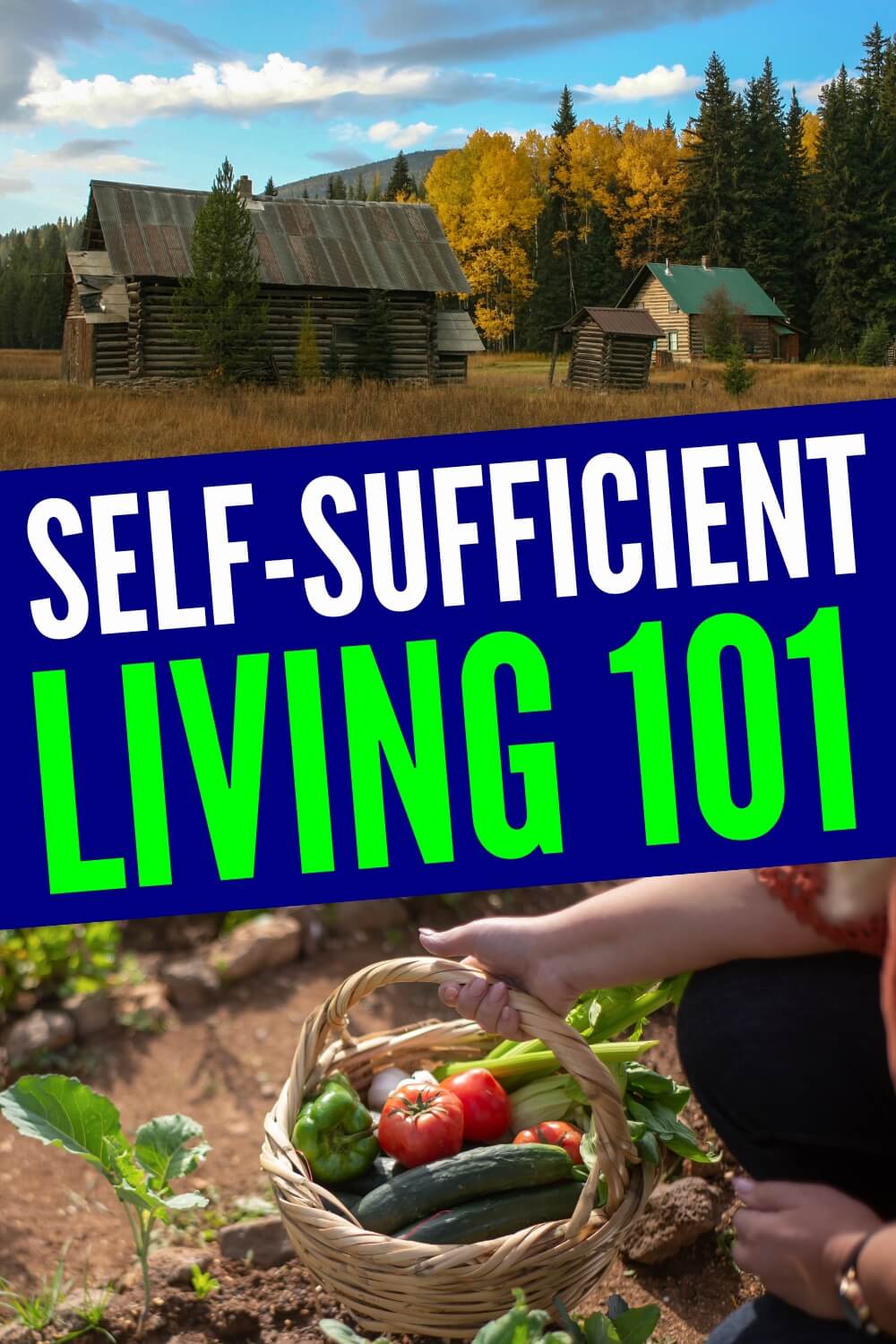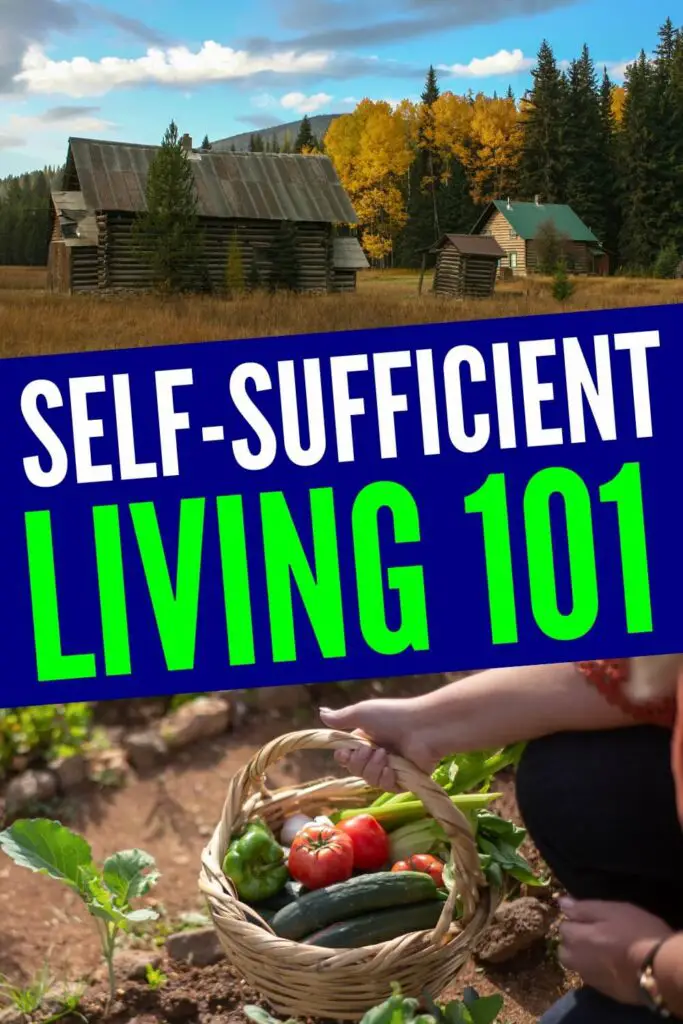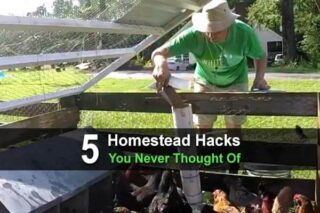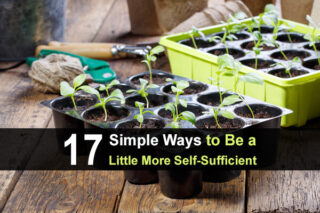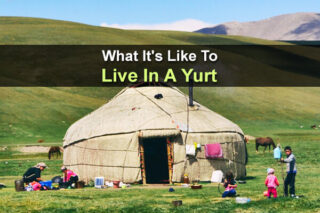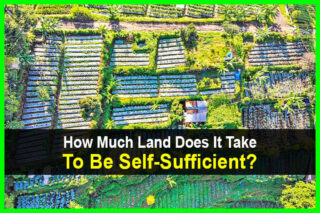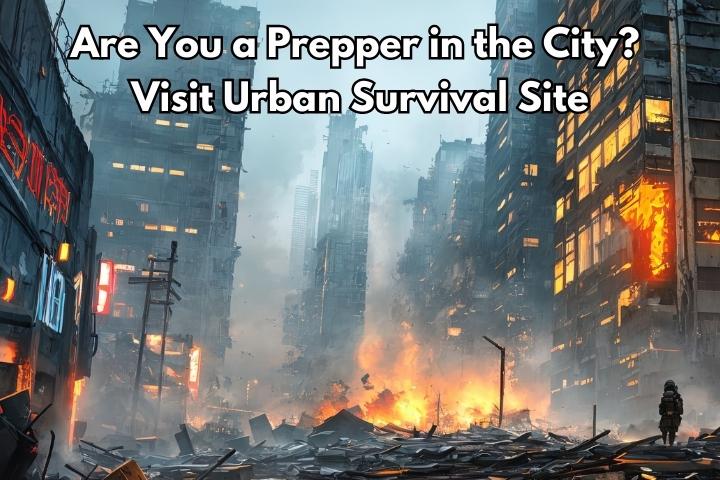Estimated reading time: 16 minutes
Self-sufficiency is a noble and empowering goal. The idea that you can live independently and free from all the costs and limitations of the outside world is both attractive and encouraging. But it comes with a price.
Self-sufficiency is a significant responsibility. It essentially means you’re on your own to provide for everything you need to live safely and comfortably. How self-sufficient you become can vary, but total self-sufficiency takes planning and a careful analysis of everything you'll have to do along with how to do it.
Throughout this article, we’re going to share links to more detailed information and checklists for items to stockpile or assemble. Self-sufficiency isn't easy, but once you understand some of the basic concepts, it gets easier.
Want to save this post for later? Click Here to Pin It On Pinterest!
Here are the basics:
Power Generation
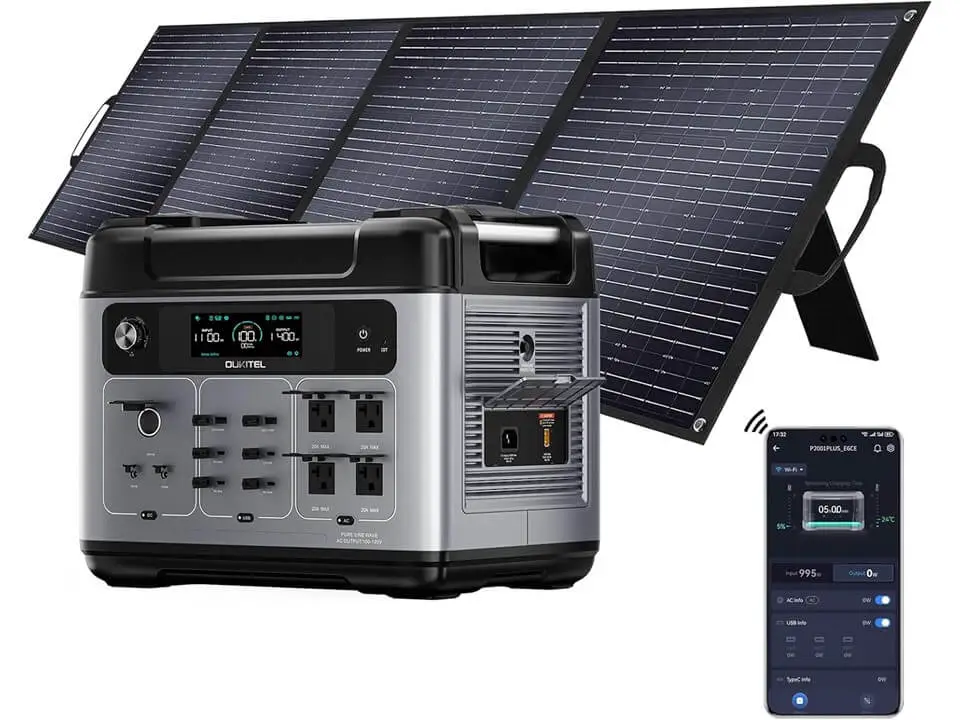
Most people who live self-sufficiently are off the grid. They usually use solar power to generate electricity, but some also use wind power and even small-scale hydroelectric power. They also set up systems to store the power they generate, whether through lead-acid batteries, lithium batteries, or solar power banks.
Getting off the grid is a giant step towards self-sufficiency, but you have to do your homework to assess how much power you need, how you’ll store it, and how to use it efficiently.
Water
Without power you are going to need alternative solutions for water collection and storage. A had pump drilled into the ground is a simple solution. So are rainwater collection systems, RAM pumps on a creek or river, and even snow and ice in winter.
When there’s no power to deliver water, you have to find ways to find, harvest, purify, and store your own. Combining solutions can help, but here again, you’re on your own.
Just as important is proper filtration and purification. It’s not just about collecting water but properly treating it so it’s safe to drink. Boiling for at least 3 minutes is fairly foolproof, but water treatment tablets for immediate purification and long-term storage are just as important.
Food
Gardening is an obvious solution, and anyone pursuing a self-sufficient lifestyle is an avid gardener. In fact, a truly self-sufficient lifestyle results in gardens stretching across a property, from vertical gardens to barrel gardens to potato towers.
If there’s a bare plot of land, there’s something growing there that you can either eat or use for medicinal purposes.
- A Strategic Plan for Long-Term Gardening
- Introduction to Backyard Farming
- Vertical Gardening: A Great Option for Urban Preppers
Livestock and Animal Husbandry

Animal husbandry is another hallmark of a self-sufficient lifestyle. Chickens are a good place to start (especially when you consider the price of eggs these days.) But rabbits, ducks, turkeys, and even pigs and goats can join the homestead to bring protein to the plate.
Goats are popular with many homesteaders as a source of goat milk and ultimately goat cheese. Sheep are a possibility as a food source and source of wool, and if you have the space and the inclination, you can step up to cattle or dairy cows.
- How to Raise Chickens for Food
- How to Raise Chickens in the City
- 10 Easy Steps to Raising Chickens in Your Backyard
- 5 Reasons Preppers Should Raise Rabbits for Meat
- Raising Goats 101: Here’s How To Get Started
- The Pros and Cons of Raising Pigs
Hunting, Fishing and Wild Foraging
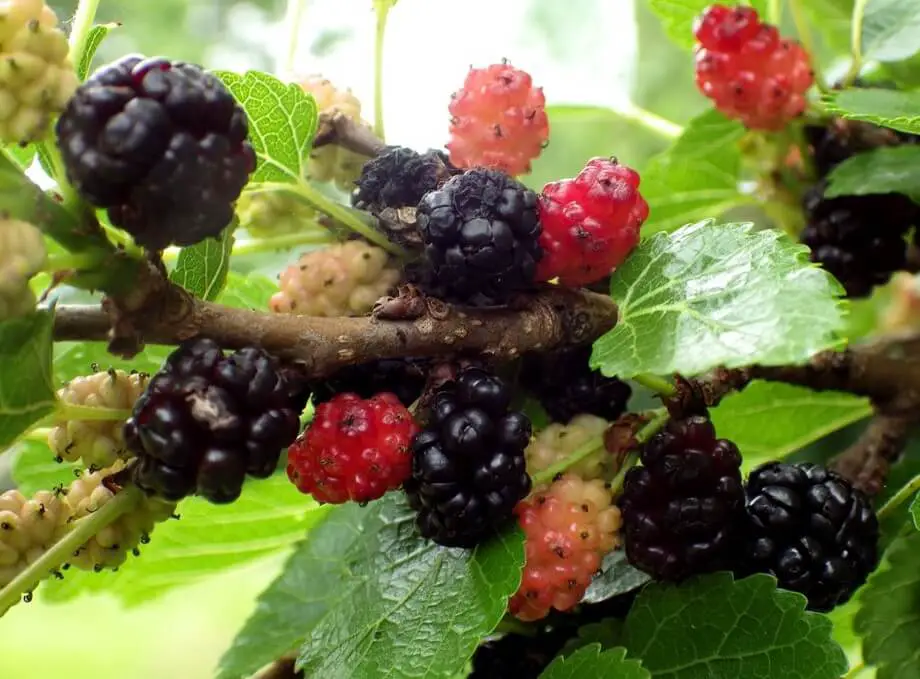
Once again, this depends a lot on your location, but even suburban yards can be a source for wild foraging. Dandelions, plantainsc and even clover have micronutrients on par with spinach and kale, and any fruit trees you plant will always give you a late summer and early fall harvest.
If there are local lakes and riversc you can always go fishing. And if you're in a forested area, hunting is always a possibility. Even that rabbit that raids your vegetable garden is fair game.
- Edible Seeds and Grains You Can Forage
- 16 Common Edible Mushrooms You Can Forage
- 6 Wild Edibles You Can Forage In The Middle Of Winter
- 15 Fastest-Growing Fruit Trees
- The Forager’s Guide to Wild Foods
Food Preservation
The ability to properly and safely preserve the foods you grow or raise is another critical skillset for self-sufficiency. It starts with basic canning to drying and dehydrating, smoking, and fermenting.
The ability to stockpile and safely store the food you grow and raise is a crucial step toward the self-sufficient lifestyle.
- How to Dehydrate Food Using the Sun
- 150 Easy Canning Recipes For Beginners
- Food Dehydration 101: Things to Know Before You Start
- 6 Rules for Safe Canning
Heat
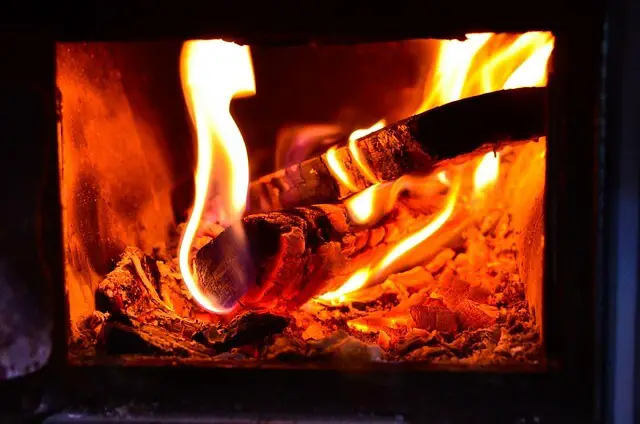
Most of us live in an area subject to winter temperatures. Wood fired heat from a stove is the obvious self-sufficient solution, but it assumes you have access to a reliable and steady supply of firewood.
If you don’t, a pellet stove is an alternative, but you’ll need to buy pellets to keep it going. On average a ton of pellets totaling 50 forty-pound bugs runs about $250 or more depending on your location. A bag usually lasts two days in cold weather.
Propane is another option but once again you’re buying the propane. Wood heat from firewood you chop and split is the pure self-sufficient solution but not all of us are lucky enough to live in or around a deep forest.
- How Did Our Ancestors Stay Warm All Winter?
- The Best Stoves for Off-Grid Living
- How to Build a DIY Solar Furnace
Refrigeration
We take it for granted but without electricity, refrigeration is a challenge. Refrigerator/freezers are power hogs and while propane refrigerators offer a solution it also puts us back to a dependence on a supply of propane.
Root cellars are the traditional solution and can keep many fruits, vegetables and canned goods safely cool. It’s not so good for meat and seafood and they should either be canned, dried or smoked.
Winter months offer some free opportunities for refrigeration and freezing and many self-sufficient homesteads have a “cold room: where a window is always open to keep the temperatures cool. It’s a balancing act but it’s self-sufficient.
- Amish Survival Tips for Off-Grid Living
- Root Cellar Food Storage: How to Use Nature’s Refrigerator
- 11 Ways People Stored Food Before Refrigerators
- How to Keep Food Cold Without a Fridge or Freezer
Cooling
Air-conditioning is the biggest power hog off-grid. Fans are the simplest solutions especially if they are solar powered. There are also clever ventilation solutions inviting cool air in and venting hot air out. How far you go with any cooling solutions depends a lot on your location and the local temperatures in summer.
- 10 Ways People Kept Cool Before Air Conditioning Existed
- 10 Ways to Stay Cool When You Don’t Have an Air Conditioner
Light
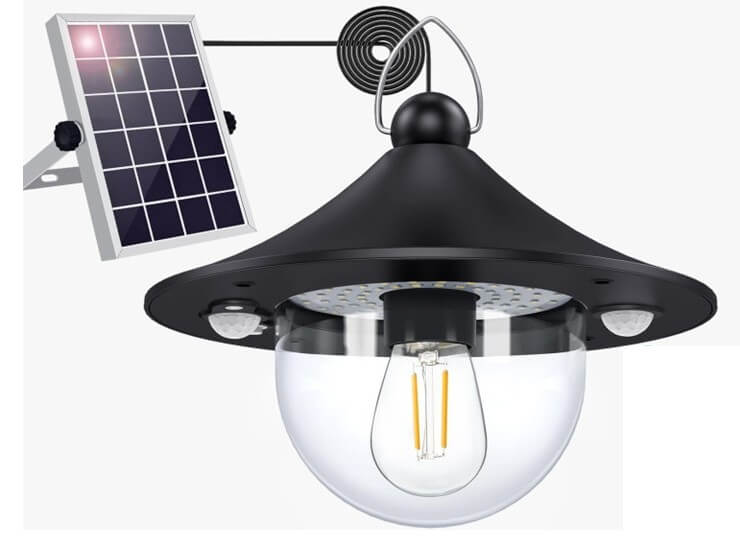
Lighting is another self-sufficient solution. Our pioneer ancestors used candles and lanterns but today we have solar lights and LED bulbs that make lighting solutions a lot easier.
Tools
Nothing gets done without tools and a battery-operated tool that can be recharged with a solar panel is a great idea. Then again, traditional hand tools are always a steady option and anyone pursuing a self-sufficient lifestyle should have traditional hand tools in their workshop.
This would include axes, saws, carpentry tools, plumbing tools, and all of the conventional wrenches, pliers, screwdrivers and assorted hammers and sledges. And don’t forget to collect and stockpile hardware wherever you find it.
- 50 Most Important Homestead Tools
- 15 Forgotten Skills From The Old Days
- 50 Most Important Homestead Tools
- 30 Hand-Powered Tools You Need to Live Off the Grid
- 21 Off-Grid Tools and Supplies to Look for at Flea Markets
- 10 Sources for Hardware Salvage After SHTF
Medical Supplies
This is where things get serious. Many people pursuing a self-sufficient lifestyle live remotely. That can mean that conventional medical services are at a distance or even unavailable. What’s critical is to anticipate possibilities.
A good first step is an expedition level first aid kit. It has just about everything you need to manage a medical emergency including a range of diagnostic equipment.
Another consideration is related to medicines. A large and full stock of over-the -counter medicines makes a lot of sense. You never know what’s going to show up so anticipate.
Prescription medications are another story. There are Canadian pharmacies where you can buy prescription meds in bulk, or you can ask your doctor for a script for a 90-day supply. Most medical plans will cover a 90-day prescription refill.
There’s also an extreme option using veterinary meds as a substitute for traditional prescription medications.
Here’s a link with more information but this is a desperate and potentially dangerous option.
- How to Stockpile Prescription Meds from Veterinary Sources
- Homestead First Aid Kit for 10 Common Injuries
- How to Build a Medicinal First Aid Kit
- 7 First Aid Skills To Learn Before Going Off Grid
Medicinal Herbs
When there is no pharmacy, you have to improvise. That’s what self-sufficiency is all about and for centuries people have used natural cures to treat a variety of conditions.
It also makes sense to plant a medicinal herb garden and not only understand which herbs to use, but how to prepare them. Most have the same benefits of over-the-counter medications and some even provide the relief of pharmaceuticals.
- Herbalism for Beginners: How to Get Started
- 15 Most Effective Medicinal Herbs
- 15 Herbs and Flowers That Can Ease Your Aches and Pains
- 20 Powerful Medicinal Herbs You Should Grow
- How to Preserve Herbs with Vinegar
- How To Make Homemade Neosporin
Transportation
It’s hard for most of us to imagine life without our car or truck. But the Amish have found solutions and it’s not just about horses and buggies. Bicycles are a common form of transportation for many Amish families including bikes with a carriage attached to the back to transport both goods and people. Some of these setups are bicycles built for two to add horsepower or “leg-power” for transport.
This gets back to a fundamental definition of self-sufficiency. It’s the ability to compensate for things using yourself as the source of inspiration, action and power.
- 8 Ways to Prepare for a Low-Energy Future
- 30 Auto Repair Parts, Tools, and Skills You’ll Need After SHTF
Repairs
Everything breaks. Eventually. What’s important is to stockpile and assemble the things you need to just basically fix it. This goes beyond tools to salvaging and stockpiling hardware, assembling and saving materials like scrap wood and roofing shingles. It’s not about hoarding but it comes close. If it has value and you might need it someday -find a place to keep it and store it.
This applies to any vehicles as well. Change your own oil, fix your own tires, know how to maintain a car battery, assemble the basics to keep your vehicles running even if it’s that bicycle built for two.
- 40 Home Repair Supplies for Homesteaders
- 14 Clothing Repair Supplies You Should Keep On Hand
- How to Build the Ultimate SHTF Library
- Tools and Supplies You’ll Need After a Disaster Hits Your Town
Sanitation
This is a complex challenge, It’s not just about bathing, but human waste management, laundry, and general cleaning. And if there’s no garbage service you need to figure out how to deal with anything you have to throw away. Here are the sanitation subsets:
Bathing
All you really need is a bucket of water, some soap and a towel to take care of some general bathing needs, but there are solar shower setups that can let you take a warm shower outdoors and there’s always that big washtub as an option.
Many wood-stoves have a reservoir attached to the side that can hold and heat up to 30 gallons of water to not only help with bathing but laundry as well.
Outhouses and Composting Toilets
Many people who live off-the-grid have both an outhouse outdoors and a composting toilet indoors. The composting toilet is nice to have in winter. If you’ve ever sat in an outhouse in January, you know why an indoor toilet option is a good idea.
- 6 Off-Grid Toilet Options
- How to Build and Use a DIY Composting Toilet
- How To Make Toilet Paper
- Build a DIY Emergency Toilet That Will Last
- What to Do With Human Waste When The SHTF
Laundry
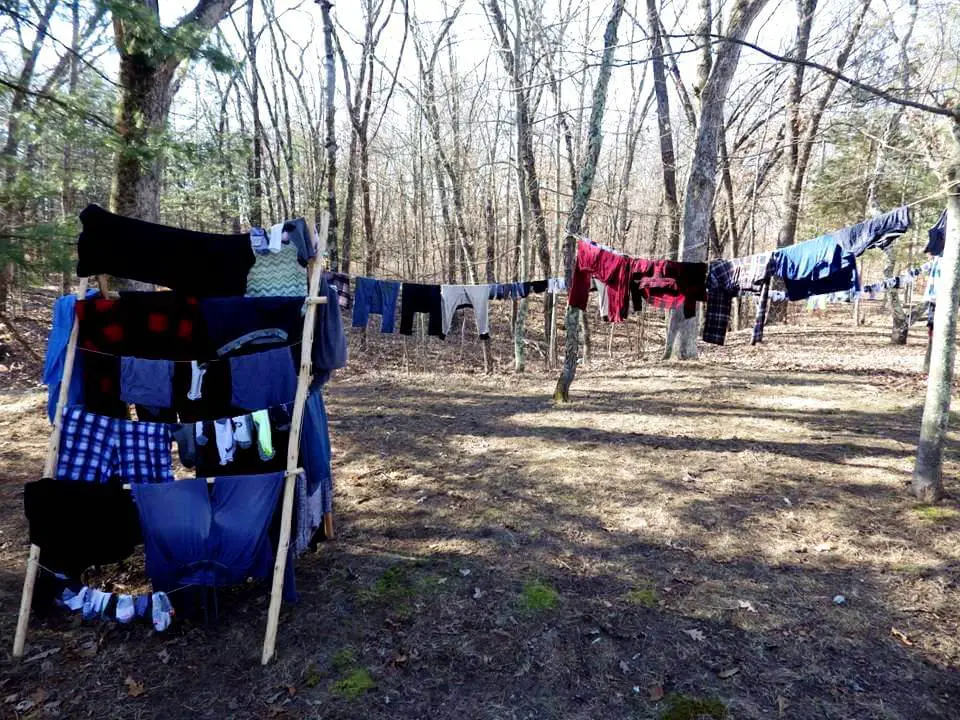
There are a variety of ways to do laundry, and most involve nothing more than a wash tub and a washboard. You also need soap and maybe a second tub or 5-gallon bucket for rinsing.
Drying is done on clothes lines but once again, winter presents some challenges. You can make an indoor drying rack that will not only give you a place to dry your clothes. But add humidity to the very dry wood-fired heat.
- How To Wash Clothes Without a Washing Machine
- DIY Human Powered Washing Machine
- How to Hang Dry Laundry (Inside or Outside)
- How To Make Laundry Detergent
General Cleaning
A self-sufficient lifestyle is both active and a bit dirty. Eventually you have to wash the floors, do the dishes, and just wipe down counters and cabinets. A bucket and mop is a good place to start but remember that vinegar is a great, natural disinfectant on floors and countertops. A dish rack to allow dishes to dry also makes sense.
How to Turn Fat and Ashes Into Soap
How to Make a DIY All-Purpose Cleaning Spray
7 Natural Cleaning Recipes for Your Whole House
Garbage and Composting
You have a few options to consider with garbage. You can burn it, bury it, recycle it or compost it. How you manage garbage depends a lot on where you live, but if you don’t have garbage service you need to improvise.
Recycling aluminum, plastic and other metals is a good idea. If there’s a local store or location that pays you for recycled metals you’re in luck. Worst case scenario is to bury it but few people like the idea. It all depends on your situation and location.
- How to Repurpose Your Garbage
- Composting 101: Read This Before You Start
- 14 Things You Should Never Compost (And Why)
Communication
If you have a way to generate power and a satellite Internet connection, you’re in luck. That not only lets you use a laptop to communicate via email and social media, but gives you access to a wealth of information about anything.
A cell-phone of wireless mobile device also makes sense. Whether it’s just keeping in touch with family and friends or having the option to contact emergency services – a cell phone makes sense.
HAM radio is also highly recommended and has historically been the self-sufficient survival communication platform of choice. You need to take some classes and get licensed, but it’s one of the ultimate self-sufficient communication options.
Simpler and more basic solutions fall in the category of CB radios and other two-way radios. If you live on a large property with multiple family members or friends, it makes sense to think about two-way radios as an option. They’re pretty cheap, easy to use and try to power them with solar rechargeable batteries. That just makes sense.
- 11 Ways to Communicate After the Grid Goes Down
- 6 Ways to Communicate Without Phone or Internet
- 6 Ways to Communicate During a Disaster
Security
Many off-grid and self-sufficient homesteads are in remote locations. That helps as wild locations present more natural options related to water, firewood, fishing, foraging and hunting. But living in the middle of nowhere has a downside and while out of sight, out of mind is a good idea -remote areas are sometimes vulnerable to trespassers, poachers and others.
Good locks on doors and windows make sense, and a fence can at least discourage trespassing. A chain across the front of long-driveway is standard police recommendation, and having something as basic as a dog in the house can not only deter trespassing but alert you to something going on outside.
Perimeter lighting that’s motion activated and solar powered is another effective security deterrent as well as audible alarms and even motion activated video cameras.
How far you go with personal and property security has a lot to do with your location, the local situation and your personal feeling about security. Here are some links to various subjects related to security for a self-sufficient lifestyle:
- 17 Home Security Tips for Homesteaders
- 21 Common Home Security Mistakes
- 10 Unusual Home Security Tips You Might Not Know
- 30 Ways To Improve Home Security Right Now
- Home Security After The Collapse: The Ultimate Guide
Learning the Skills
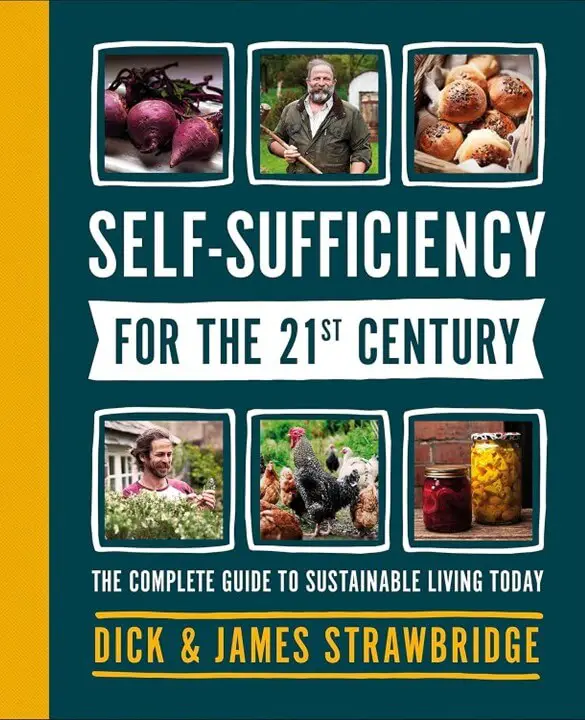
You can stockpile all of the equipment and supplies you can think of but what sets apart someone who is self-sufficient is their knowledge and skills. The Internet is a good source of information and there’s no shortage of YouTube videos covering many subjects in depth.
Take the time to learn more, and it also may be wise to put together a library of books on various self-sufficient subjects. If you ever find yourself without power or Internet access it’s good to have a reliable fallback like a good book.
- 10 Handyman Skills You’ll Need After The SHTF
- How to Build the Ultimate SHTF Library
- Self-Sufficiency for the 21st Century: The Complete Guide to Sustainable Living Today
It’s a Mindset
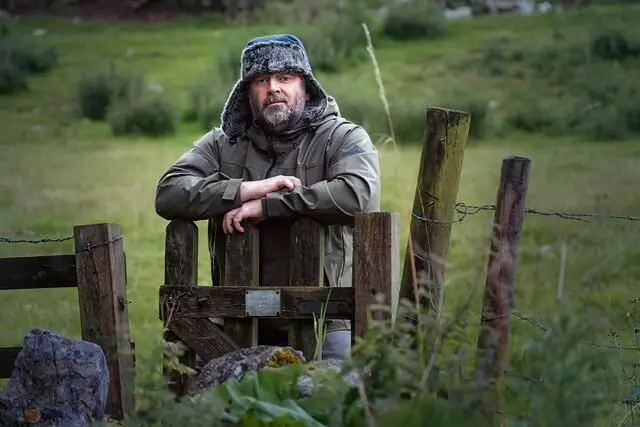
Self-sufficiency seems to be defined by stockpiling and a good bit of preparation, but it’s really about a way of thinking, Our motivations for self-sufficiency vary. Some of us just are tired of over-paying for utilities and products. Others are genuinely concerned about the lack of goods and services.
Regardless of the reason, a self-sufficient mindset is a source of independence. It's reassuring to know that no matter what may occur, you have the will and the wherewithal to survive and thrive in the best and worst of times. These days it’s hard to know which way things will turn, but if you can keep a focus on self-sufficient behaviors and actions it just makes sense to continue to think and act that way.
Like this post? Don't Forget to Pin It On Pinterest!
You May Also Like:

